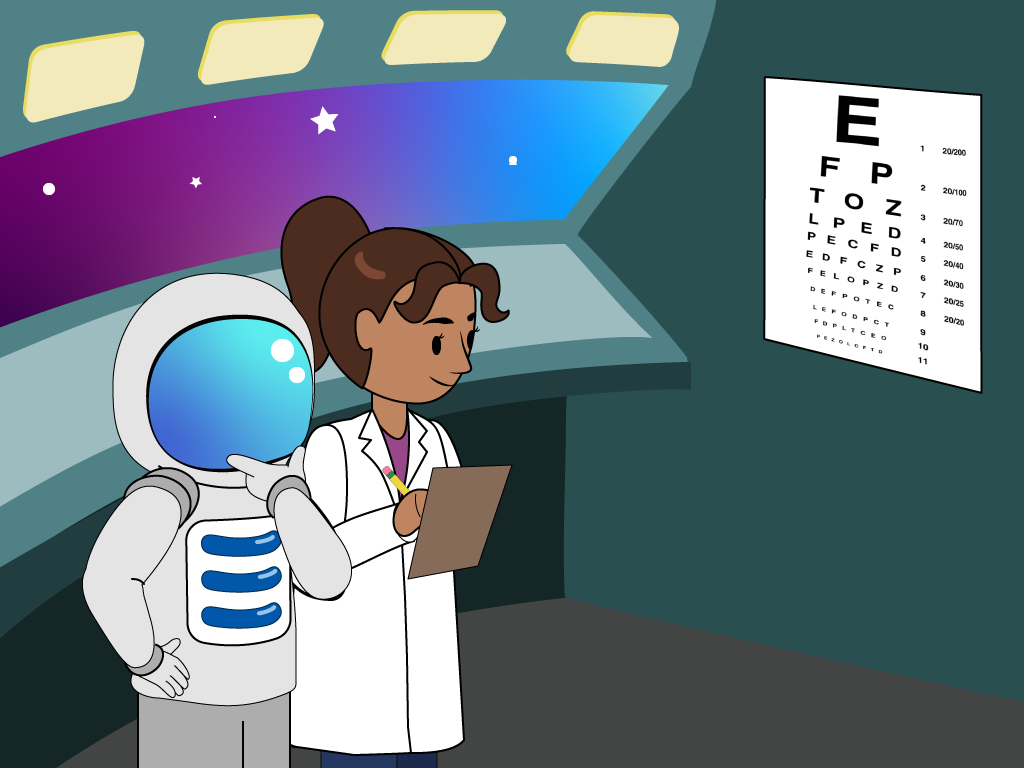Eyes in the skies: Long space flights pose risks to astronauts’ vision

When astronauts spend at least a month in space, a significant fraction of them (about 60 percent) experience negative changes to their bodies due to the effect of microgravity and possibly other things like increased radiation exposure. One of these changes is Spaceflight-Associated Neuro-Ocular Syndrome (SANS), a condition in the eye that can lead to decreased sharpness of vision and changes such as swelling and flattening of structures in the eye.
As NASA is gearing up for a return to the moon and eventually a mission to Mars (which would require humans to spend 1.5 to 2.5 years in space), solving this issue has become increasingly important. NASA has chosen researchers from the Texas A&M University College of Medicine to conduct an investigation on the effect of long-term spaceflight on the eyes and on the arteries, veins and lymphatic vessels that serve the eye and maintain vision.
“NASA is worried about the impact that long-term spaceflight will have on astronauts’ health and their ability to complete missions, because of the fact that their vision can be significantly impaired,” said David C. Zawieja, Regents Professor at the Texas A&M College of Medicine and lead investigator of the experiment. “Their vision can be impaired—it can be temporary, it can be permanent, it can be mild, it can be severe, it can be in one eye more than the other. There’s a lot that we don’t know, but what we do know is that this is a mission-critical problem.”
The project, also known as the Rodent Research 23 (RR-23) mission, launched a total of 20 animal models this past December to the International Space Station (ISS) for a duration of about five weeks. In In January 2021, the animal models returned to Earth, were delivered to NASA’s Kennedy Space Center in Florida and then flown directly to College Station, where the experiments are currently being conducted by specialized teams from the College of Medicine and colleagues.
This is the first time in history that experiments on live animals are brought back from space to a non-NASA affiliated institution or group, an arrangement that was partly due to the COVID-19 pandemic’s social distancing measures necessitating more lab space.

